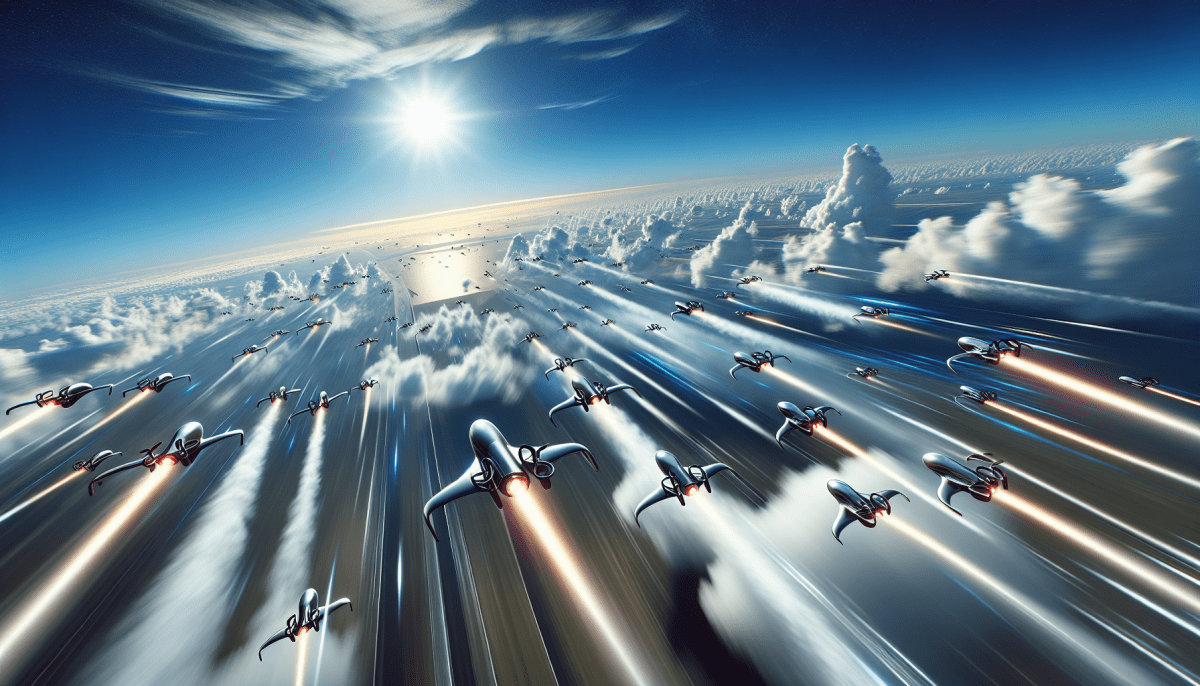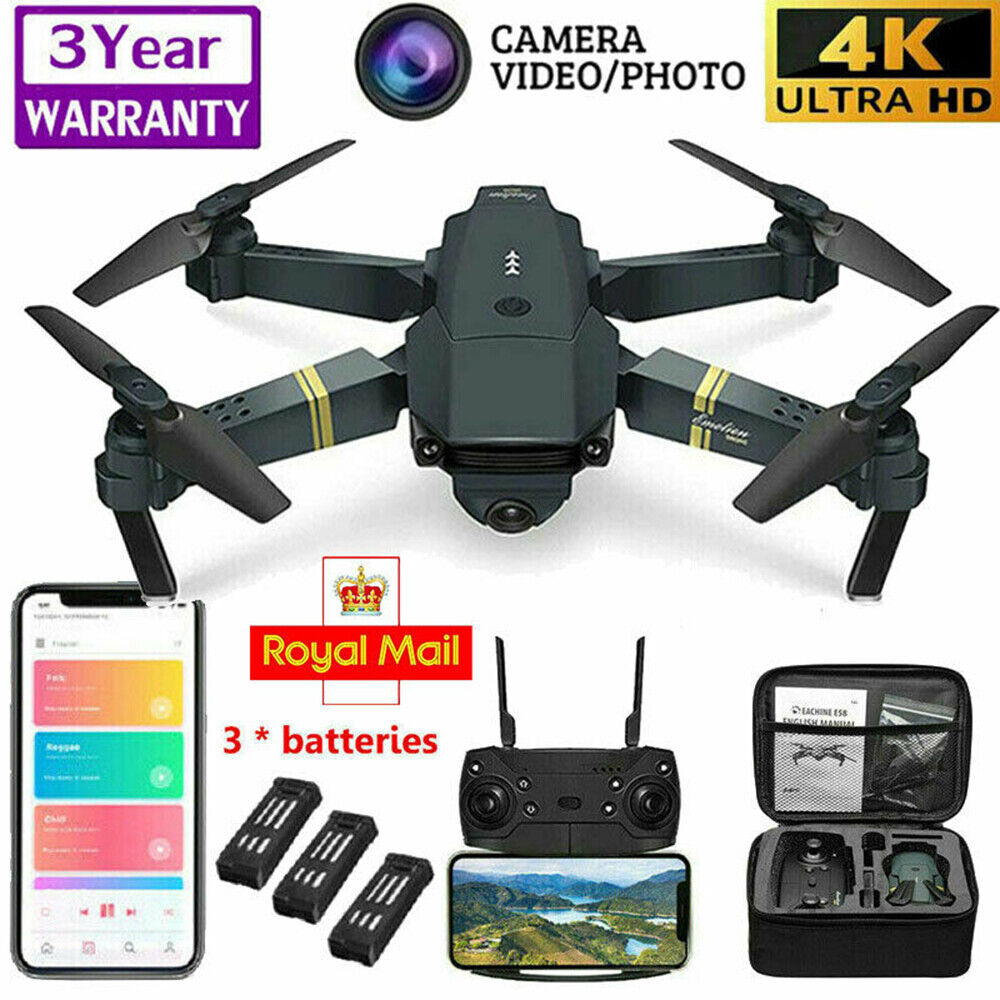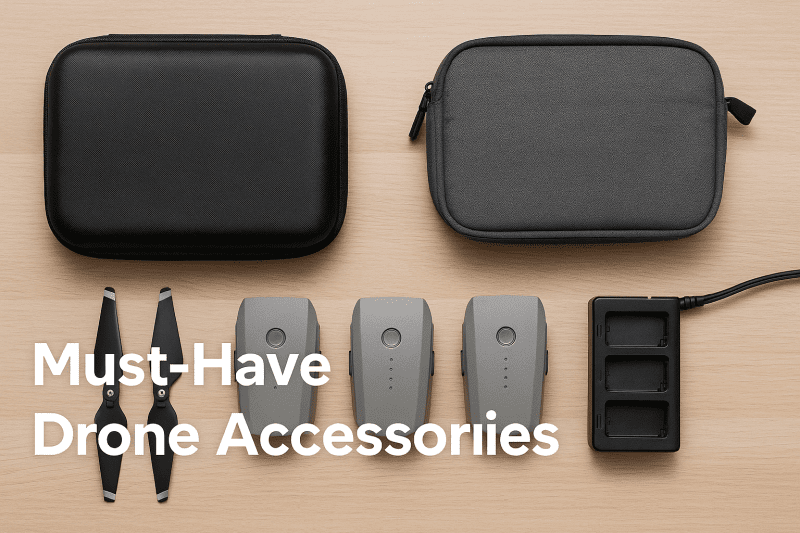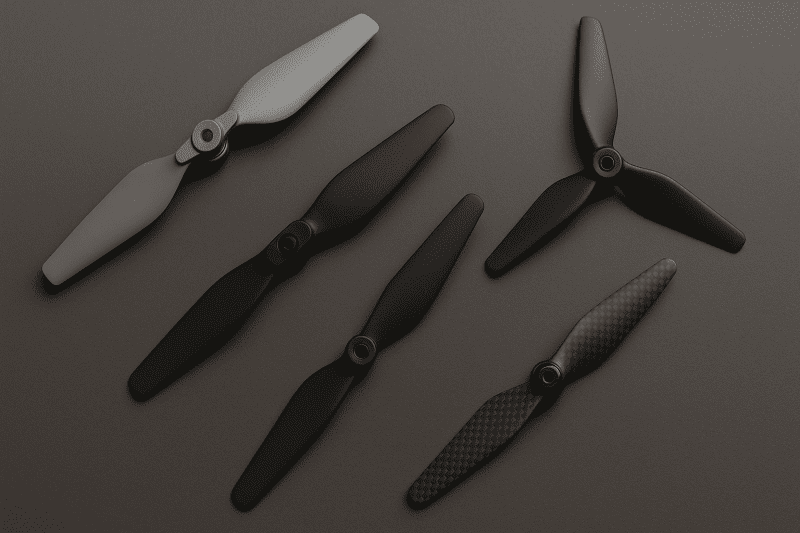The Evolution of Racing Drones: From Hobbyist to Professional
Racing drones have come a long way since their inception as a hobbyist pastime. Today, they are used by professionals for a variety of applications, including cinematography, search and rescue, and inspection work. Let's take a look at how racing drones evolved from being a simple hobby to a professional-grade tool.
Early Days of Racing Drones
The first racing drones were essentially just toy quadcopters. They were small and easy to fly, but lacked the speed and maneuverability required for competitive racing. As the sport grew in popularity, hobbyists began to build their own racing drones from scratch, using lightweight materials and high-performance components. These custom-built racing drones were faster, more agile, and more reliable than any off-the-shelf drone available.
The Rise of FPV
One of the biggest breakthroughs in racing drone technology was the development of FPV (first-person view) camera systems. These cameras allowed pilots to see from the perspective of their drone, giving them more control and allowing them to make split-second decisions. FPV became a game-changer in racing drone competitions, and the introduction of high-definition FPV systems made racing drones even more precise and responsive.
The Move to Professional Applications
As racing drones became more advanced, they began to be used for more than just hobbyist racing. Professionals began to utilize drones for everything from videography to structural inspections. With the ability to carry high-quality cameras and other equipment, racing drones have become an incredibly useful tool for a wide range of industries.
Professional-Grade Racing Drones
Today, there are professional-grade racing drones available that are purpose-built for specific applications. These drones are designed with advanced features such as multiple cameras for 360-degree views, obstacle avoidance systems, and long-range controls. They are designed to handle heavy payloads, and have longer battery life than their hobbyist counterparts.
The Future of Racing Drones
As with any technology, the evolution of racing drones is ongoing. As drones become more advanced, they will continue to be used in new and innovative ways. We can expect to see more professional applications emerge, as well as further improvements in speed, maneuverability, and endurance.
In conclusion, racing drones have come a long way since their early days as simple hobbyist toys. Today, these high-performance machines are used by professionals in a variety of industries, and are designed with advanced features that make them ideal for a wide range of applications. As technology continues to evolve, we can expect to see even more breakthroughs in racing drone technology, and new uses for these versatile machines.
Inside the World of Drone Racing: Techniques and Strategies
Drone racing is a thrilling and adrenaline-fueled sport that has taken the world by storm. In a drone race, competitors pilot small, lightweight drones through a complex course at high speeds. The fastest and most skilled pilots are crowned the winners.
But it takes more than just speed and skill to succeed in drone racing. To truly excel in this sport, you need to master a variety of techniques and strategies. Here are some tips to help you become a top-notch drone racer.
Practice Makes Perfect
There's no shortcut to success in drone racing. The best pilots are those who spend countless hours honing their skills and practicing their techniques. So, if you want to be a champion drone racer, you need to commit to regular practice sessions.
Master Your Controls
The key to effective drone racing is mastering your controls. You need to be able to maneuver your drone through tight spaces, navigate complex courses, and make quick, precise movements. This takes practice and patience, but with time, you can hone your skills and become a master pilot.
Know Your Course
One of the biggest challenges in drone racing is navigating through an unfamiliar course. As a racer, you need to be able to quickly assess the course layout and plan your flight path accordingly. So, before you start racing, take some time to study the course and visualize your flight path.
Use the Right Equipment
In drone racing, having the right equipment can make all the difference. From high-quality drones to top-of-the-line transmitters, investing in the best gear can give you a competitive edge. So, make sure you have the right equipment and that it's all functioning properly before you hit the racecourse.
Stay Focused
Drone racing is an intense sport that requires focus and concentration. Even a momentary lapse in concentration can lead to a disastrous crash or lost time. So, make sure to stay focused throughout the race and avoid distractions.
Take Risks
Finally, to succeed in drone racing, you need to be willing to take risks. The best pilots know when to take a bold move or a risky maneuver to gain an advantage. While there's a fine line between risk-taking and recklessness, the most successful racers are always looking for ways to push the boundaries and come out on top.
In conclusion, drone racing is a thrilling and competitive sport that requires skill, practice, and strategic thinking. By mastering these techniques and strategies, you'll be well on your way to becoming a top-notch drone racer. So, get your gear ready, hit the practice course, and start honing your skills. Who knows? You may just be the next drone racing champion.
The Future of Drone Racing: Innovation and Advancements
Drone racing has become increasingly popular in recent years, with professional leagues and competitions popping up all over the world. As the sport continues to grow, so do the advancements and innovations in drone technology. Here are a few exciting developments that could shape the future of drone racing:
1. Facial Recognition
One potential innovation is the use of facial recognition software to identify pilots and automatically track their drones. This could eliminate the need for human spotters, allowing for more complex courses and faster races.
2. AI Technology
Another area of innovation is the use of artificial intelligence (AI) to help drones fly more efficiently. With AI, drones could adjust their flight path in real-time to avoid obstacles and navigate through difficult courses.
3. Augmented Reality
Augmented reality (AR) technology could also play a big role in the future of drone racing. Pilots could wear AR glasses that display real-time telemetry data, allowing them to see key information like speed, altitude, and battery life without taking their eyes off the drone.
4. Long-Distance Races
As drone technology improves, we could also see longer and more complex races. Some experts believe that drones will soon be able to travel hundreds of miles without needing to stop for a recharge, opening up new possibilities for drone racing courses.
5. Multiplayer Competitions
Finally, we may see more multiplayer competitions in the future, with several pilots racing against each other simultaneously. This could add a new level of excitement to the sport, and allow for even more complex courses and challenges.
Overall, the future of drone racing is bright, with a seemingly limitless number of advancements and innovations on the horizon. As the sport continues to evolve, it will undoubtedly bring new challenges and opportunities for pilots, engineers, and enthusiasts alike.
FPV Drone X Pro 4K 3-Battery Quadcopter
Experience breathtaking aerial photography and unparalleled flying performance with the FPV Drone X Pro 4K 3-Battery Quadcopter
Product information
$38.15
Product Review Score
4.84 out of 5 stars
156 reviews




